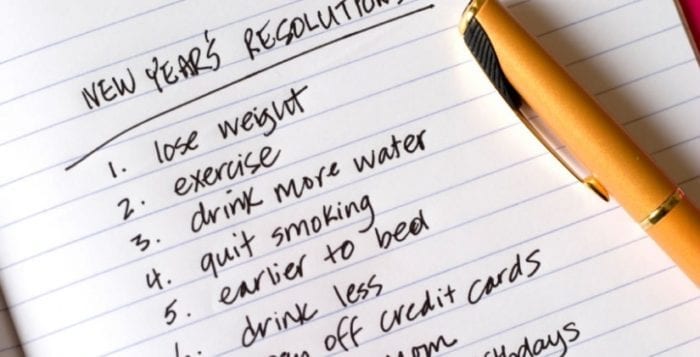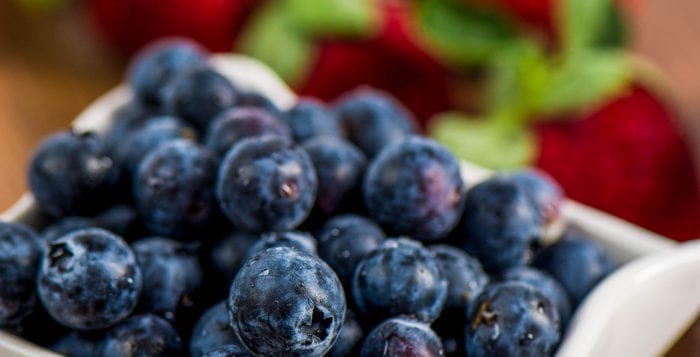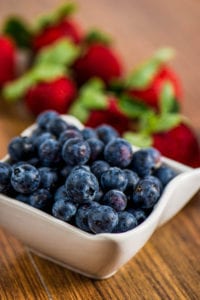Don’t fall victim to Quitters Day
By David Dunaief, M.D.

It’s a shiny new year, full of possibilities. To harness the energy that accompanies flipping the calendar page, many of us have started to eat healthier, to work out more, or to manage our stress differently. Terrific!
To help us along the way, there are oodles of weight loss plans, apps, memberships and other tools on the market to help us achieve our resolutions. Still, January 10 is “Quitters Day” this year. This is the day by which most of us will abandon our plans to develop new habits. Giving up on our resolutions is so ubiquitous, it now has a designated day. Changing habits is always hard. There are some things that you can do to make it easier, though.
Set a simple, singular goal
We often overdo it by focusing on an array of habits, like eating, exercising, sleep routines, and stress management. While these are all worthy, their complexity diminishes your chances of success. Instead, pick one outcome to focus on, and limit the number of habits involved, for example: “increase my energy by eating better and moving more.”
Consider your environment
According to David Katz, M.D., Director, Yale-Griffin Prevention Research Center, successfully changing a habit is more about your environment than it is about willpower. Willpower, Dr. Katz notes, is analogous to holding your breath underwater; you can only do it for a short time. Instead, he suggests laying the groundwork by altering your environment to make it conducive to attaining your goals. Recognizing your obstacles and making plans to avoid or overcome them reduces stress and strain on your willpower.
According to a study, people with the most self-control use the least amount of willpower, because they take a proactive role in minimizing temptation (1). If your intention is to eat better, start by changing the environment in your kitchen to one that prompts healthy food choices.
Build a supportive network
Support is another critical element. People do best when family members, friends and coworkers help reinforce their new behaviors. In my practice, I find that patients who are most successful with lifestyle changes are those whose household members encourage them or, even better, when they participate, such as eating the same meals.

How long does it take to build a new habit?
Conventional wisdom used to tell us that it takes about three weeks of daily practice. However, a University of London study showed that the time to form a habit, such as exercising, ranged from 18 days to 254 days (2). The good news is that, though there was a wide variance, the average time to reach this automaticity was 66 days, or about two months.
How do you choose the best diet?
US News and World Report ranks diets annually and sorts them by objective, such as weight loss, healthy eating, diabetes, heart health, etc. (3). Three of the diets highlighted include the Mediterranean diet, the DASH diet, and the Flexitarian diet, in rank order.
What do all the top diets have in common? They focus on nutrient-dense foods, they are sustainable, they are flexible, and they are supported by research. For these reasons, the lifestyle modifications I recommend are based on a combination of the top diets and the evidence-based medicine that supports them.
For instance, in a randomized cross-over trial, which means patients, after a prescribed time, can switch to the more effective group, showed that the DASH diet is not just for patients with high blood pressure. The DASH diet was more beneficial than the control diet for diabetes, decreasing hemoglobin A1C 1.7 percent and 0.2 percent, respectively; weight loss, with patients losing 5 kg/11 lbs. vs. 2 kg/4.4 lbs. It also achieved better results with HDL (“good”) cholesterol, LDL (“bad”) cholesterol and blood pressure (4).
Interestingly, patients lost weight, although caloric intake and the percentages of fats, protein and carbohydrates were the same between the DASH and control diets. However, the DASH diet used different sources of macronutrients. The DASH diet also contained food with higher amounts of fiber, calcium and potassium and lower sodium than the control diet.
Final Tip: Don’t try to do too much at once
Here’s one more tip: take it day by day and celebrate small wins. In my experience, many patients make better progress by choosing to change one meal at a time – like starting with what they eat for breakfast or for lunch each day. Once this is a habit, they alter another meal or their between-meal snacks.
Here’s to your optimal health in 2025!
References
(1) J Pers Soc Psychol. 2012;102: 22-31. (2) Eur J of Social Psych, 40: 998–1009. (3) health.usnews.com/best-diet. (4) Diabetes Care. 2011;34: 55-57.
Dr. David Dunaief is a speaker, author and local lifestyle medicine physician focusing on the integration of medicine, nutrition, fitness and stress management. For further information, visit www.medicalcompassmd.com or consult your personal physician.

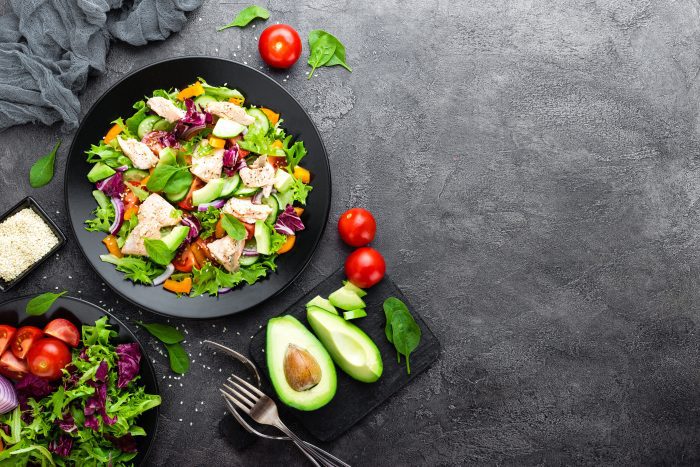


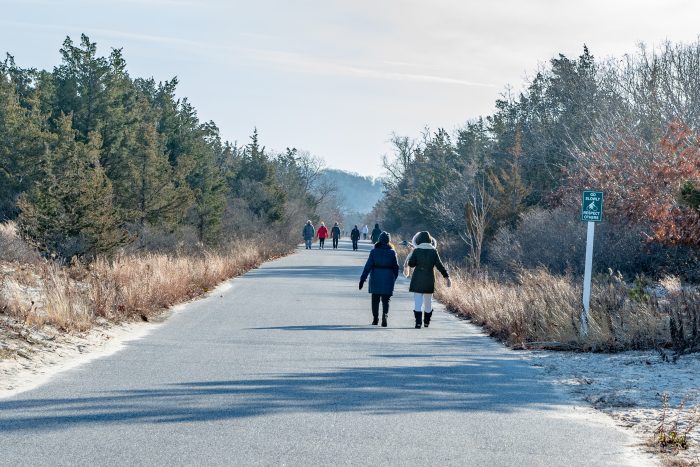









 I’ve always had trouble instituting New Year’s resolutions. Shortened daylight hours and colder weather make it sooooohhh difficult to get up early and exercise. I also instinctively look for starchy foods instead of fresh fruits and vegetables. Our pets face the same problems.
I’ve always had trouble instituting New Year’s resolutions. Shortened daylight hours and colder weather make it sooooohhh difficult to get up early and exercise. I also instinctively look for starchy foods instead of fresh fruits and vegetables. Our pets face the same problems.

